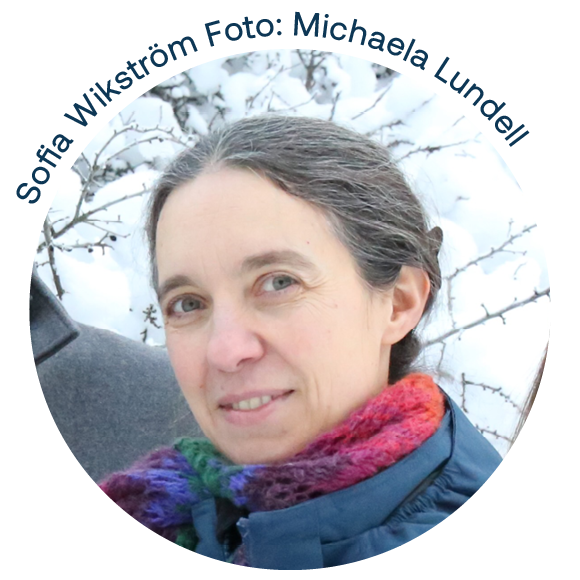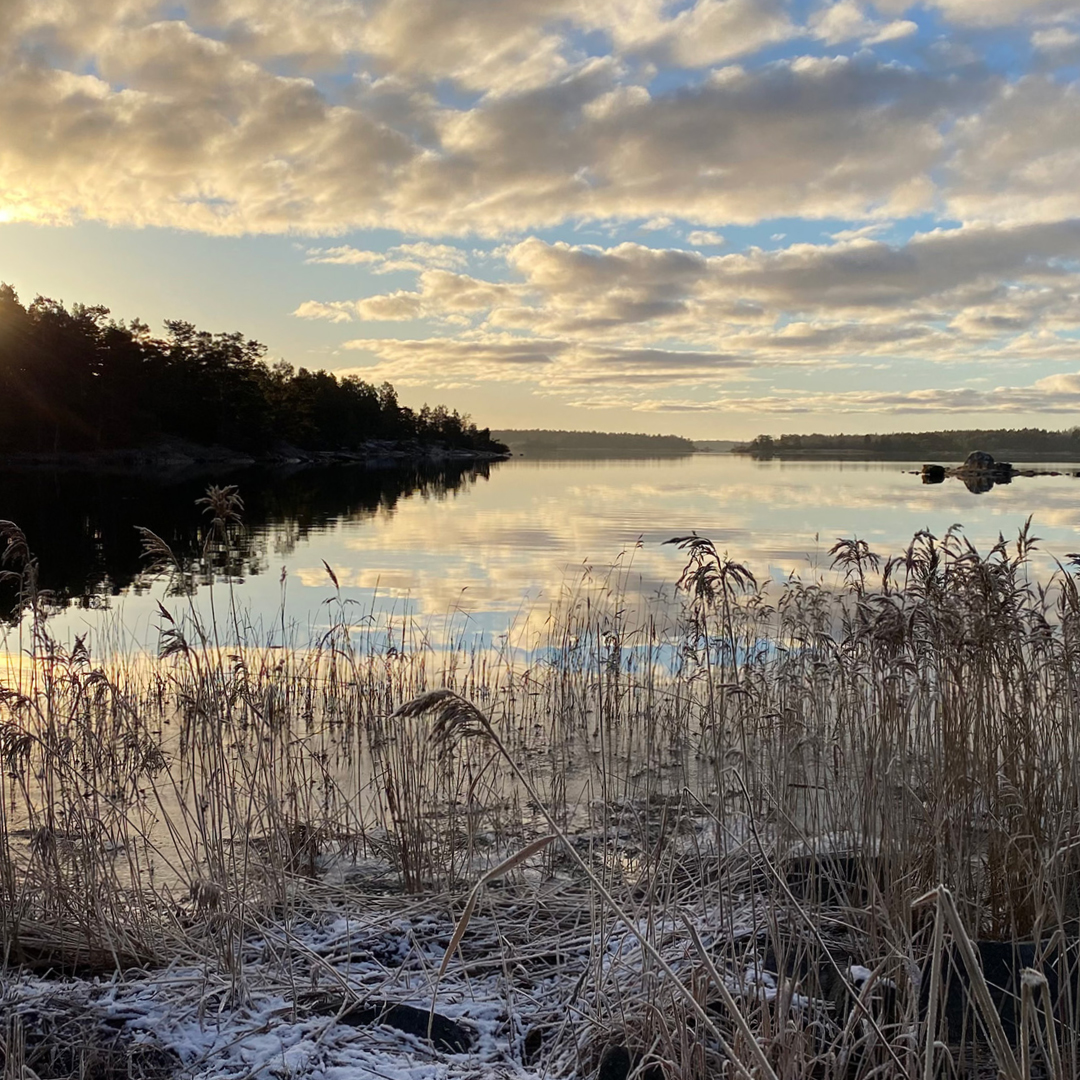Seagrass beds, mangrove forests and other coastal ecosystems have long been recognised as important natural carbon sinks. A global estimate shows that half of all carbon sequestered in the seabed is found in coastal ecosystems such as mangrove forests and seagrass beds, even though they make up only a few per cent of the ocean’s surface.
But what does it look like here? Do shallow, enclosed bays along the Baltic coast have the potential to be natural carbon sinks? According to a new study in Nature Scientific Reports, these environments can sequester and store significant amounts of carbon and nutrients.
What is a carbon sink?
Carbon in nature flows between the atmosphere (as carbon dioxide), soil, oceans, plants and animals. A carbon sink absorbs and stores carbon for a long time. The sink thus reduces the amount of carbon dioxide in the atmosphere and ocean.
“We see that these areas play a similar role to seagrass meadows in other marine areas,” says Sofia Wikström, marine ecologist at the Baltic Sea Centre and lead author of the study, in an article.
”Coastal restoration is often framed as a joint measure for climate mitigation and biodiversity conservation. This has led to a large focus on restoration of seagrass meadows, but this study shows that also other coastal habitats need to be considered when targeting restoration measures in the Baltic Sea.” Sofia Wikström concludes.
The study is a result of collaborations between the projects Thriving bays and CLIM-SCAPE and the collaborating partner CoastClim

Want to read more?
You can find the scientific paper here: Influence of landscape characteristics and submerged aquatic vegetation on sediment carbon and nitrogen storage in shallow brackish water habitats

